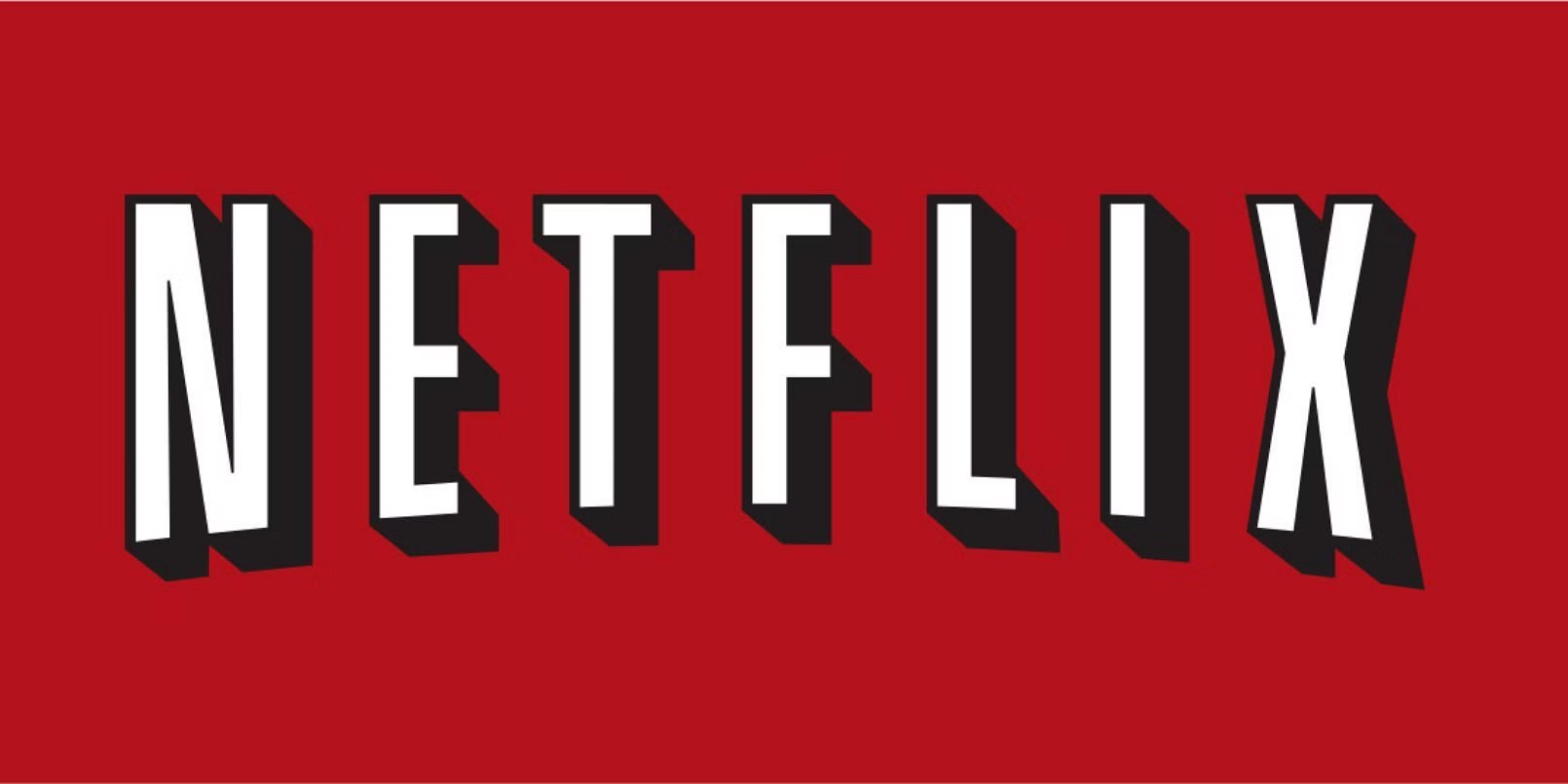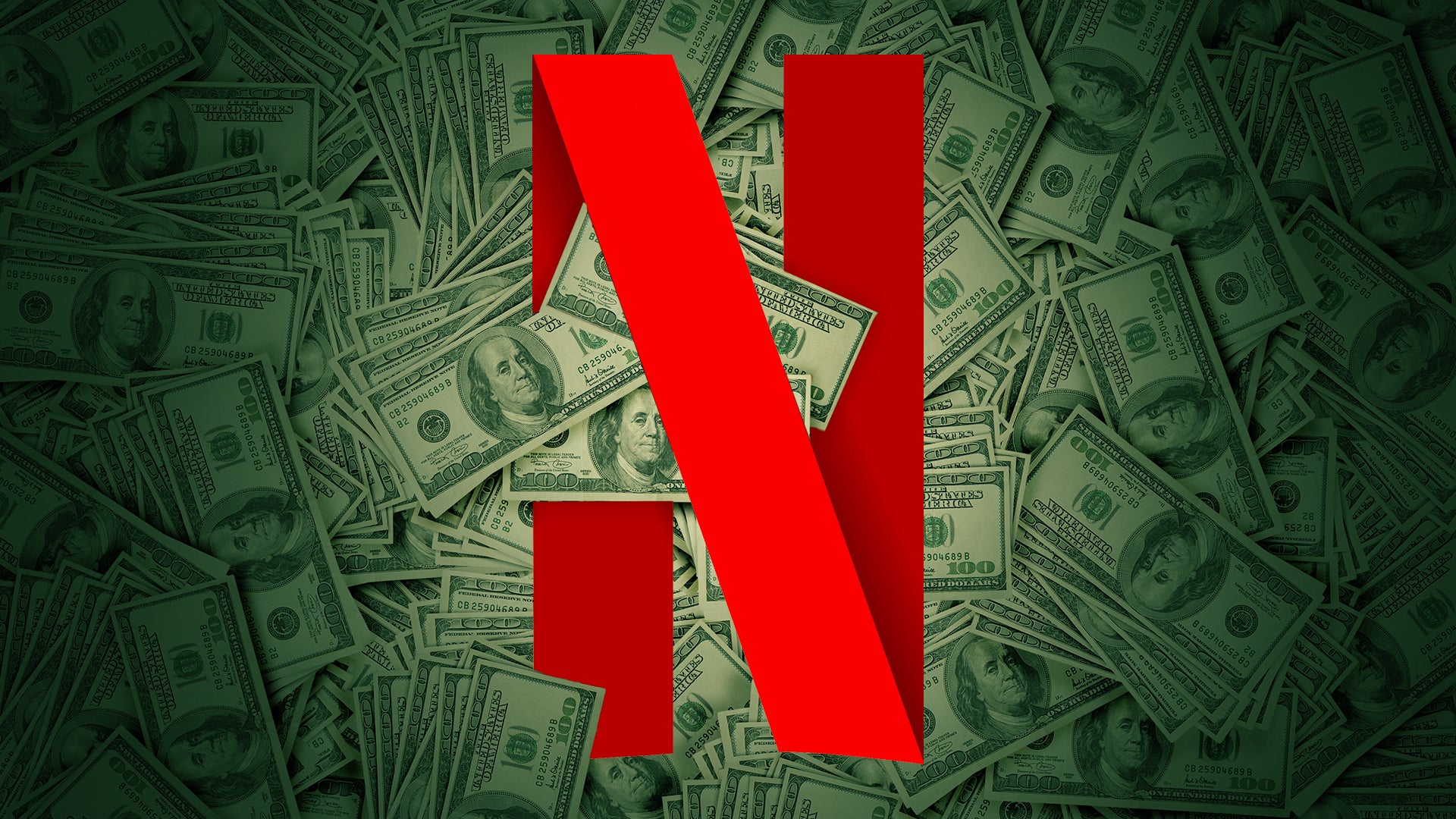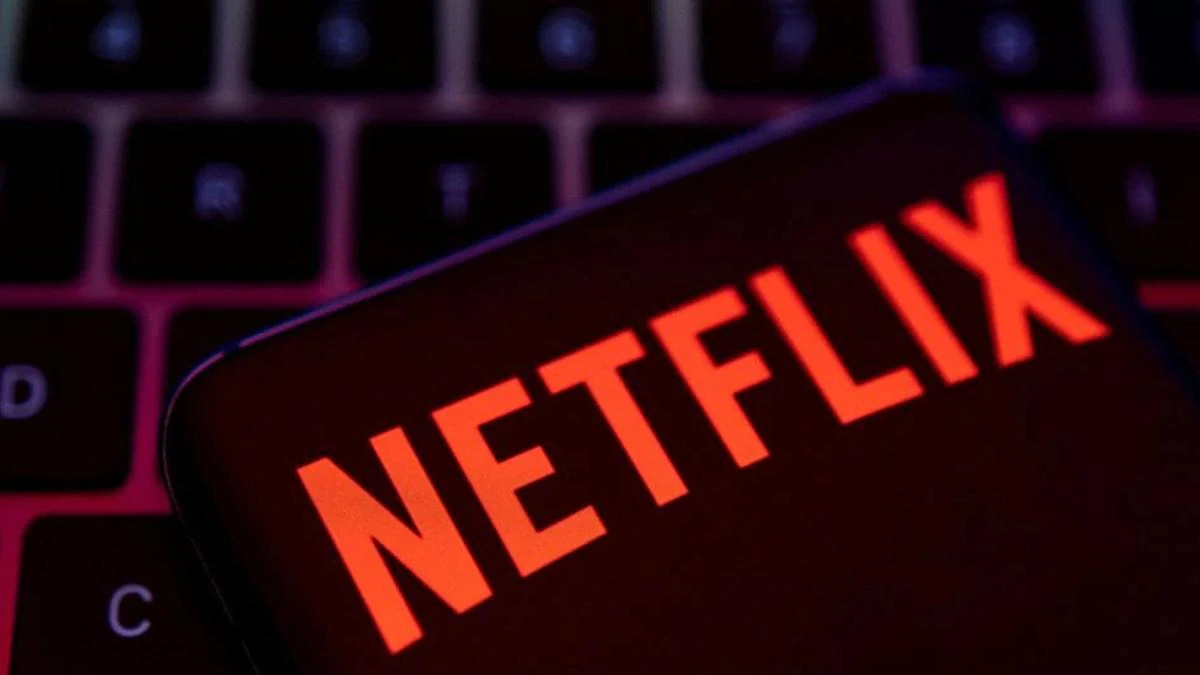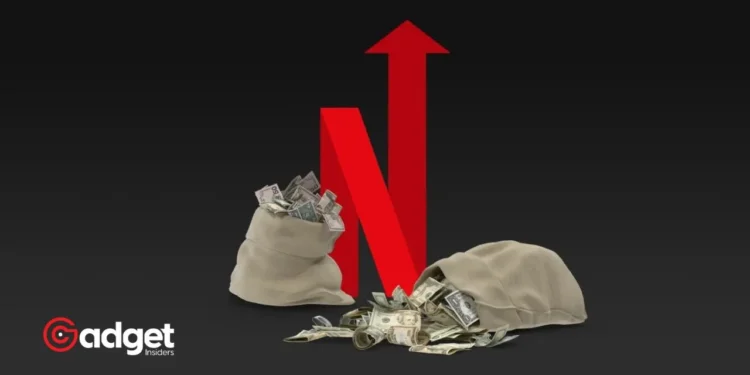Netflix has sparked conversation and concern among its user base with recent hints at potential price increases. During the company’s earnings call for the first quarter of 2024, Co-CEO Greg Peters suggested that as Netflix continues to enhance its “entertainment value,” it might consider asking subscribers to pay more. This statement comes without a clear upper limit on pricing, indicating an open-ended approach to future adjustments.

The Strategy Behind the Potential Price Hike
Greg Peters expressed that while there is no “set position on a ceiling” for pricing, the focus remains on adding value and thereby justifying any potential price adjustments. This approach aims to maintain a “virtuous cycle” where increased investment in content leads to greater viewer satisfaction and, subsequently, an openness to price increases among consumers.
Netflix can continue to increase their subscription price/revenue and they could mix it up with ad tier revenue and you get a confused results. Are they growing/shrinking based on the new results? Netflix dropped 10% which clearly tells that the street is not liking their games.
— Man from nowhere (@man_nowere) April 19, 2024
Recent Pricing History and Consumer Reaction
The last notable increase in Netflix’s subscription fees occurred in October of the previous year, affecting various plan levels. For instance, users on the previously available Basic plan saw their monthly fee rise from $9.99 to $11.99, while the Premium plan increased from $19.99 to $22.99. These changes underline Netflix’s ongoing strategy to balance content value with revenue needs, amidst varying reactions from its subscriber base.

Industry Perspectives on Netflix’s Pricing Model
Despite the potential for increased revenue through price hikes, some industry experts, like MNTN CEO Mark Douglas, advise caution. Douglas argues that while tempting, price increases could be a strategic misstep for Netflix given its already booming revenue and profits. He suggests that such changes should be reserved as a strategy for future growth rather than immediate implementation.
Financial Performance and Market Position
Netflix’s first-quarter earnings report for 2024 showed impressive financial health, with about $9.37 billion in revenue, marking a 15% increase from the previous quarter. This robust financial performance is set against a backdrop of evolving subscriber dynamics, including the recent crackdown on password sharing, which now incurs an additional fee for users wishing to share their accounts outside their household.
Shifting Reporting Metrics
In a notable shift in its reporting strategy, Netflix announced that starting next year, it will cease the publication of its quarterly membership numbers and average revenue per member. This decision aligns with the company’s position that while membership growth has been a historical indicator of success, it will no longer serve as a primary metric. Instead, the focus will shift towards significant subscriber milestones and overall profitability.

Looking Ahead: Netflix’s Strategic Challenges
As Netflix navigates these changes, the challenge lies in balancing growth with maintaining subscriber loyalty. The potential for future price increases hangs in the balance with the need to deliver exceptional content that justifies higher costs. Furthermore, the decision to adjust how subscriber data is reported reflects a strategic pivot that may influence how investors and the market view Netflix’s long-term growth trajectory.
The ongoing debate over Netflix’s pricing strategy, growth potential, and reporting methods continues to shape its path forward in the competitive streaming landscape. As Netflix adjusts its business model, how it manages these elements will be crucial in sustaining its market leader position while keeping subscribers engaged and satisfied.










